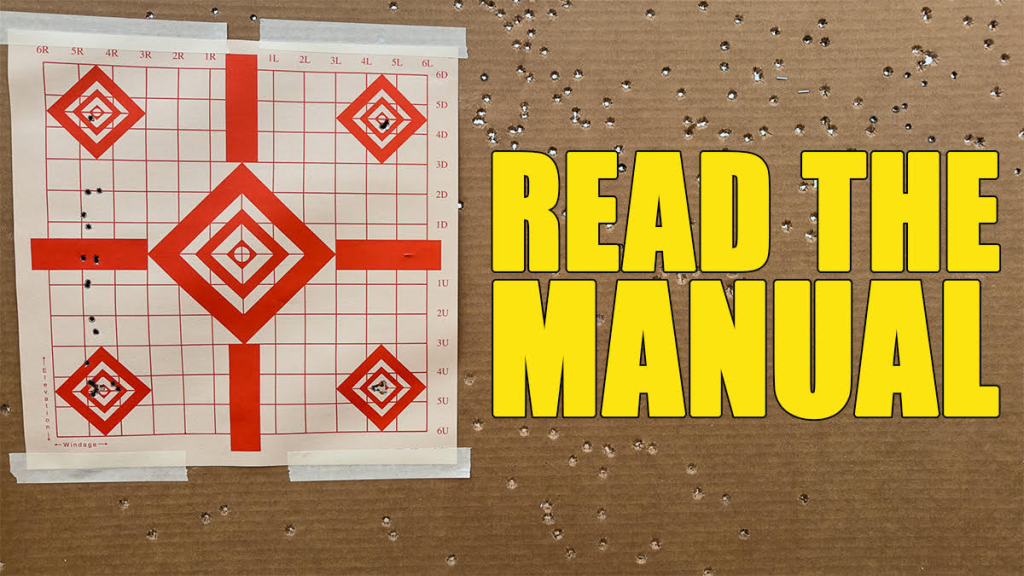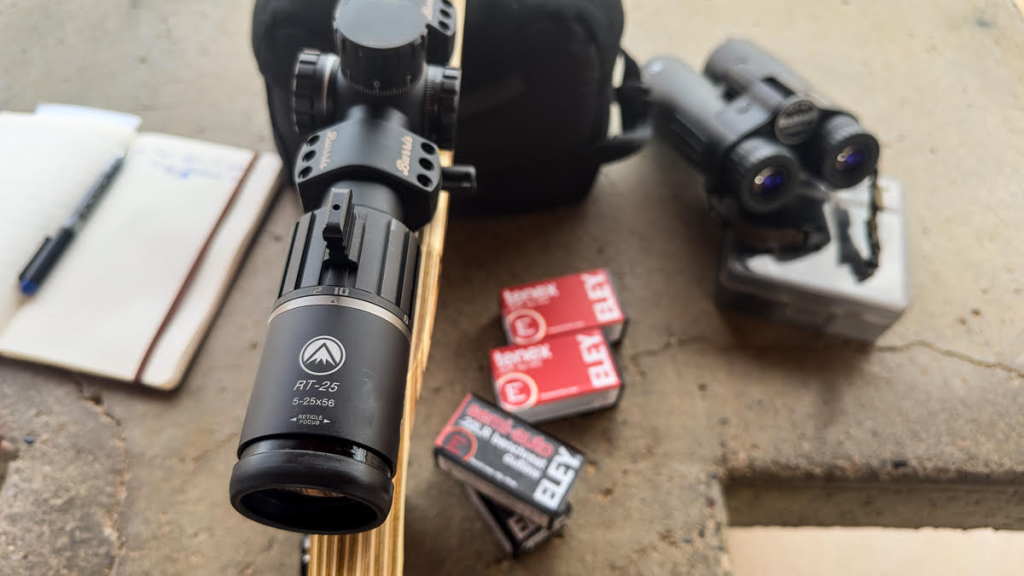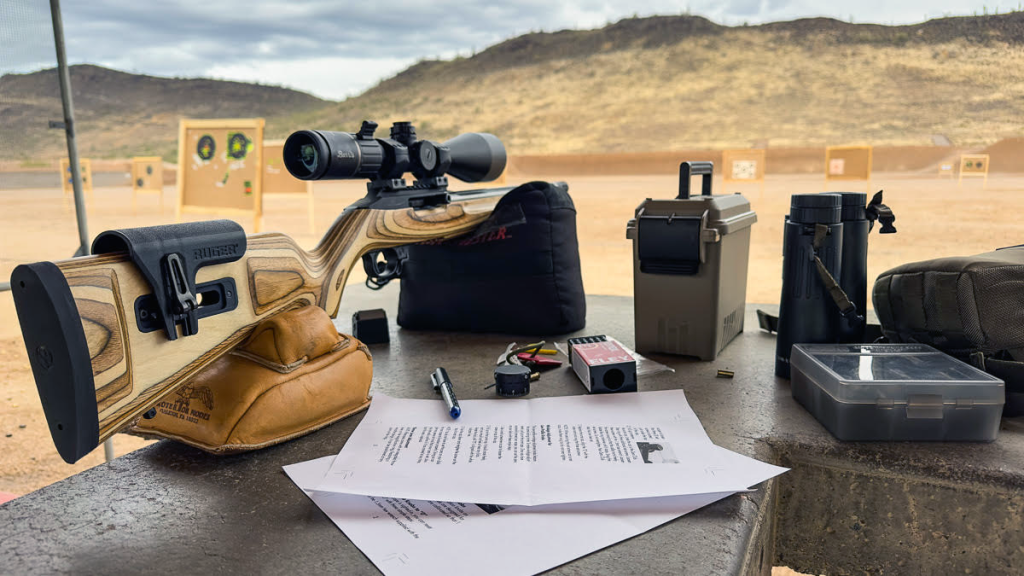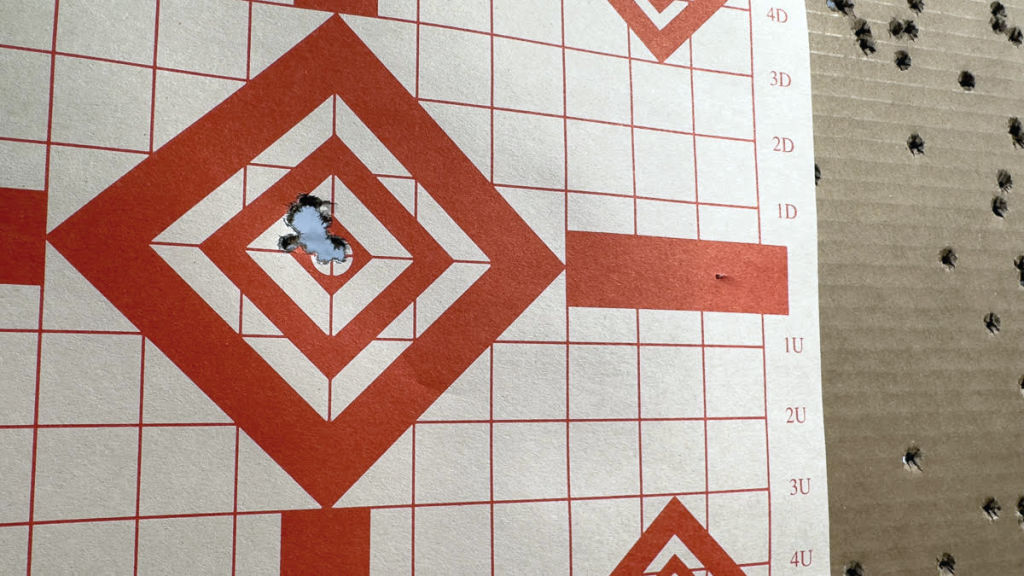
That’s my New Year’s resolution, to read the owner’s manual.
While that flies in the face of decades, centuries, nay millennia of men completely ignoring owner’s manuals and simply winging it, recently I have learned an important lesson about ignoring them. It can come at the cost of looking stupid.
And looking stupid is exactly what happens when you have zero experience mounting a riflescope but decide to blindly move forward.
Well, technically the looking stupid part comes when you have to face up to your mistake and ask for help. At that point the cat is out of the bag.
So, here’s the story…
Because failure is always an option for me, I have gathered what I need (mostly) to shoot a smallbore match, which I have never done before. Ruger sent me one of their Custom Shop 10/22 Competition models, because when everybody else is shooting a bolt-action Hammerli or Anschutz, a semi-auto 10/22 is the giant-slayer choice of champions.
Since I also needed a scope, I sent an email to Michael Bane asking him what the recommended scope would be for a 10/22 in a competition where the longest shots will be at 100 yards.
Michael came back quick with less of a recommendation and more of a command. Get the Burris RT-25 5-25×56. His reasoning was simple, it is a very popular choice among NRL22 competitors.
That was good enough for me, so I reached out and Burris was kind enough to send me the scope, as well as a set of their 30mm XTR Signature Rings.
With the Ruger 10/22, Burris scope and rings in-hand, and, I can’t stress the importance of this one piece of gear enough, a Master Gun Workstation from Real Avid, I was ready to tackle mounting my first scope.
There was a point when I considered just mounting the scope without the aid of any kind of support, just free-handing it, but in a moment of clarity I decided to limit my failure – somewhat – by using the vise feature of the workstation. If you get cocky and take on your first ever scope mounting without any kind of stabilizing tool, well, you’re a stupider man than me…which says a lot.
Mounting the scope was a lot easier than I thought it might be, as long as you take your time and don’t rush a process you are completely unfamiliar with. Once I had the Ruger married with the Burris scope, it was all downhill from there. All I needed was to take it to the range, sight it in, and Bob’s your uncle, I’d be ready for competition.

>Well, as you can imagine, this is where epic failure made its presence known. I started my sighting in at 25 yards, just to figure out if I was on paper or had truly screwed the pooch. The good news? I was indeed on paper. The bad news? I was hitting way high.
By high I mean six to eight inches above my point of aim. I was literally aiming at the lower bullseye on a standard 5 bull target in order to hit the top bull. Mind you, I was properly dialed in right to left, so kudos to me, but shooting far too high. And to make matters worse, I was already bottomed out on vertical adjustment.
It’s at this point that those of you that know how to properly mount a scope can figure out what went wrong. I needed to reset the zero, which I didn’t know, because reading an owner’s manual is for losers.
Instead, I was trying to figure out what shim(s) I needed to use in the Burris scope rings. They come with a couple, and I was thinking (more like wild-ass guessing) a good 20 MOA shim might be just the ticket.
It isn’t. It wasn’t. But that didn’t stop me from texting a friend to find out which shim I needed to use. And…it was at that very moment that my stupidity was on full display.
Did you know, because I sure didn’t, that there is a ton of elevation adjustment built into the RT-25. All I had to do was reset the zero, which is plainly outlined in – you guessed it – the owner’s manual.
But again, why would I ever need to read that dumb thing?
A short while later I headed back to the range, set up the rifle and started the process of adjusting the zero. It’s a lot easier than you might think, though I honestly can’t figure out how I did it correctly on my first try. But somehow I managed to do it, and suddenly my point of aim was miraculously my point of impact.
I ran two magazines of Eley tenex 40gr ammo through the rifle at 25 yards and just hammered the bullseye. I then moved the target out to 50 yards, adjusted accordingly, and hammered the bullseye with another 20 rounds. I was so surprised that I second guessed my results and had my buddy shoot a magazine for an independent verification.


At 100 yards I discovered that, while the rifle and scope, as well as the ammo, can and will definitely deliver the goods, I am not all that good at 100 yards…shooting a .22LR….in a crosswind with 14 mile an hour gusts.
Funny, not only can I not read an owner’s manual, I also can’t read the wind.
Well, at least I am resolved to read the manual from now on. Or at least for as long as most New Year’s resolutions last, which I am told isn’t very long at all.
Paul Erhardt is Managing Editor of the Outdoor Wire Digital Network.
